SA Market Wrap
By Craig Povey
25th April 2024
The window for winter crop sowing has now opened with seeding of stockfeed and canola commencing in the earlier districts of SA. Victoria is not far off starting, while above-average summer rainfall across large parts of NSW and Qld has allowed for sufficient build-up of subsoil moisture reserves. NSW in particular is experiencing an exceptionally well-timed seasonal break. The WA cropping belt is drier-than-normal for this time of year. Persistent dry weather having been experienced since well back into 2023. With the exception of some early dry sowing the majority of growers in the west are waiting to commence sowing.
Growers are cautiously optimistic for another productive season. The ABARES March 2024 report forecasts a two per cent rise in the nominal value of crop production to $49 billion.
This increase is largely led by higher volumes of wheat and barley, totalling approximately $400 million, with favourable weather conditions supporting larger growing areas. This increased production is likely to offset lower prices currently being seen in Australia. Wheat prices are forecast to remain low for the remainder of 2024, barring any major issues, given the large levels of supply available globally.
Canola production is forecast to increase by approximately $300 million in 2024/25.
Like wheat and barley, this is driven by an expected increase in production rather than an increase in commodity prices, largely due to improved yields via genetically modified hybrid canola varieties. The overall planted area will be determined by the timing of rainfall at planting and expected gross margin returns. WA being the state with the largest swing factor for the area of Canola.
The planting area to canola is expected to rise by one per cent for a total of 3.5 million hectares this season, which would make it the second-largest area on record. It is expected that Australian Canola prices will remain steady over 2024/25, with increased global supply reducing demand in the short term. All eyes turned to the Bureau of Meteorology's first winter forecast late last week. The bureau modelling is showing the potential for the warmest winter on record across Australia, with the report suggesting minimum and maximum temperatures are likely to be one to two degrees above the long-term average.
Social media weathermen are strongly supporting the conclusion of El Nino at the end of April 2024. The bureau is playing down the chance of La Nina developing but not writing it off entirely. The forecast at this point is for a fifty-fifty chance of it being not wetter or drier than average, but should Pacific Ocean water temperatures decrease, this will strengthen the chance of a La Nina event.
In summary, growers across the country are quietly optimistic, with some describing this as the best-timed autumn break, they have ever seen, whilst others in SA and WA continue to eagerly await any sign of an opening break. While global demand is keeping commodity prices lower than in previous years, it is hoped that yield potential will make up for these lower prices.
All the best for a smooth and timely seeding period with plenty of in-crop rainfall to come.
Sowing in full swing
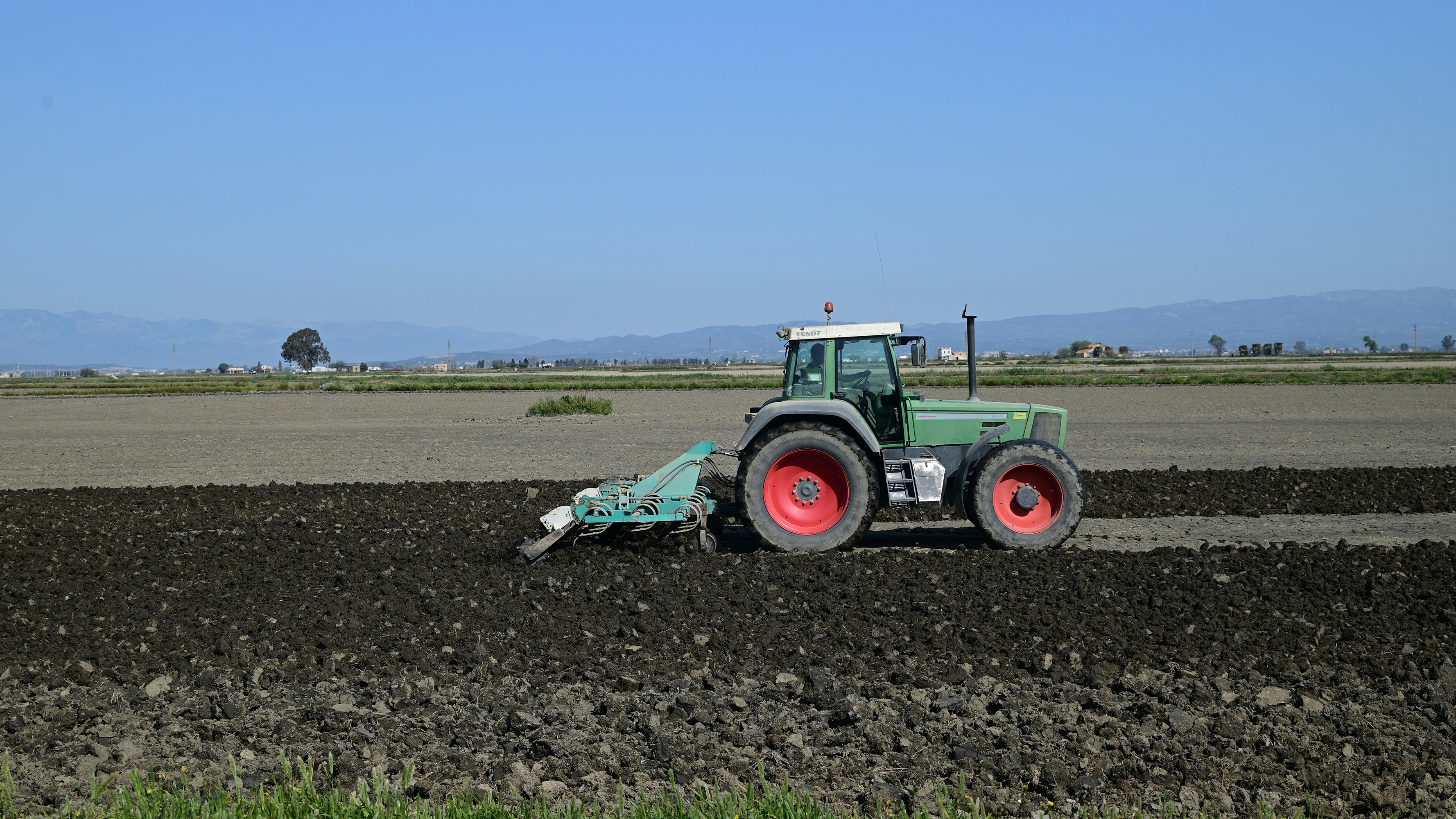
In a blink of an eye harvest has gone for another season and sowing is well and truly underway for growers across the country. The sowing of Australia’s 24-25 crops is full steam ahead amidst a mixed of conditions......
Read MoreGlobal pressure weighs on grain markets
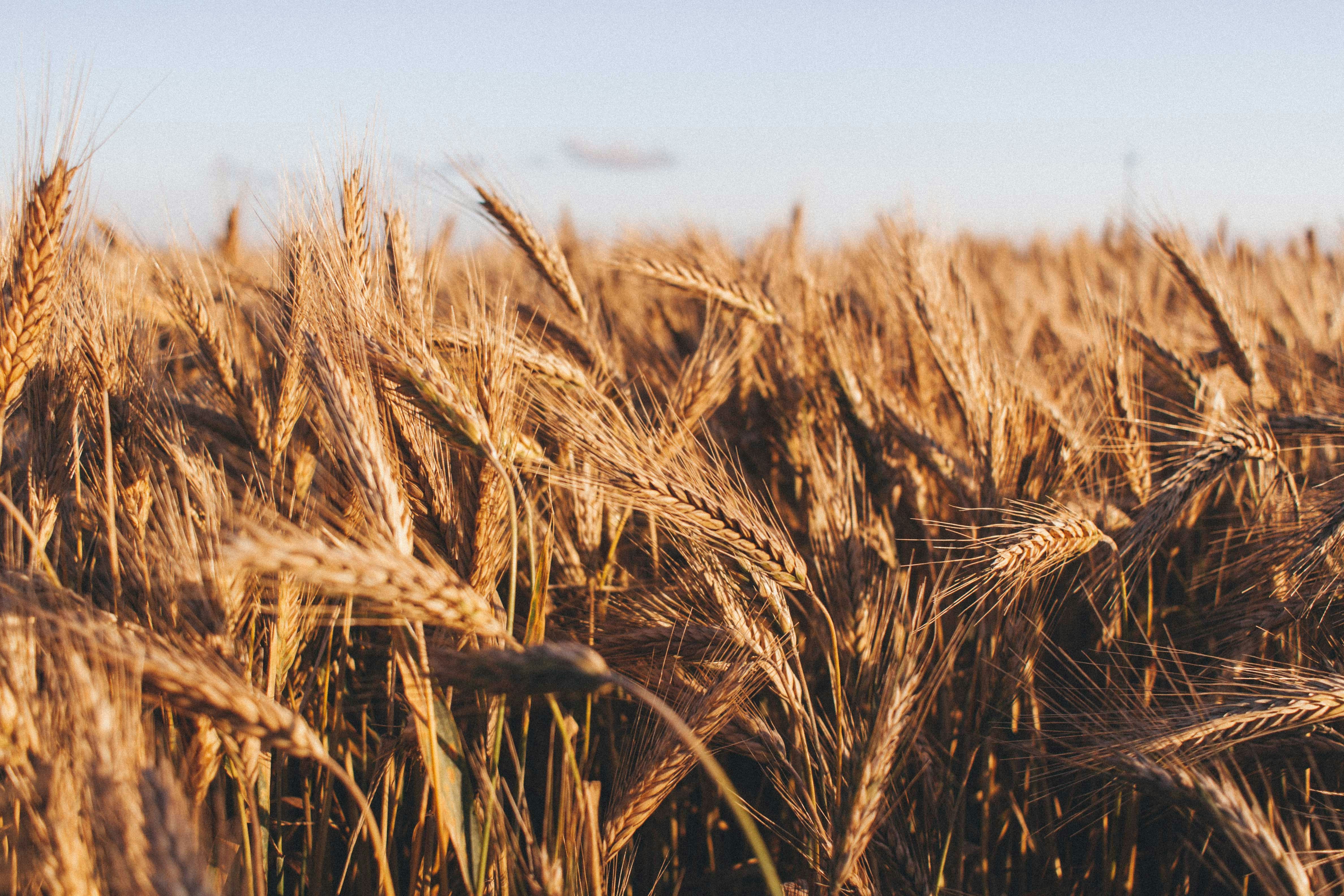
Grain Growers have been alerted to lower pricing prospects in recent times as we continue to see wheat prices dip since the start of the year. This is in line with general pressures in the grain markets caused primarily because of a massive corn crop..............
Read MoreUS grain report hits Australian prices
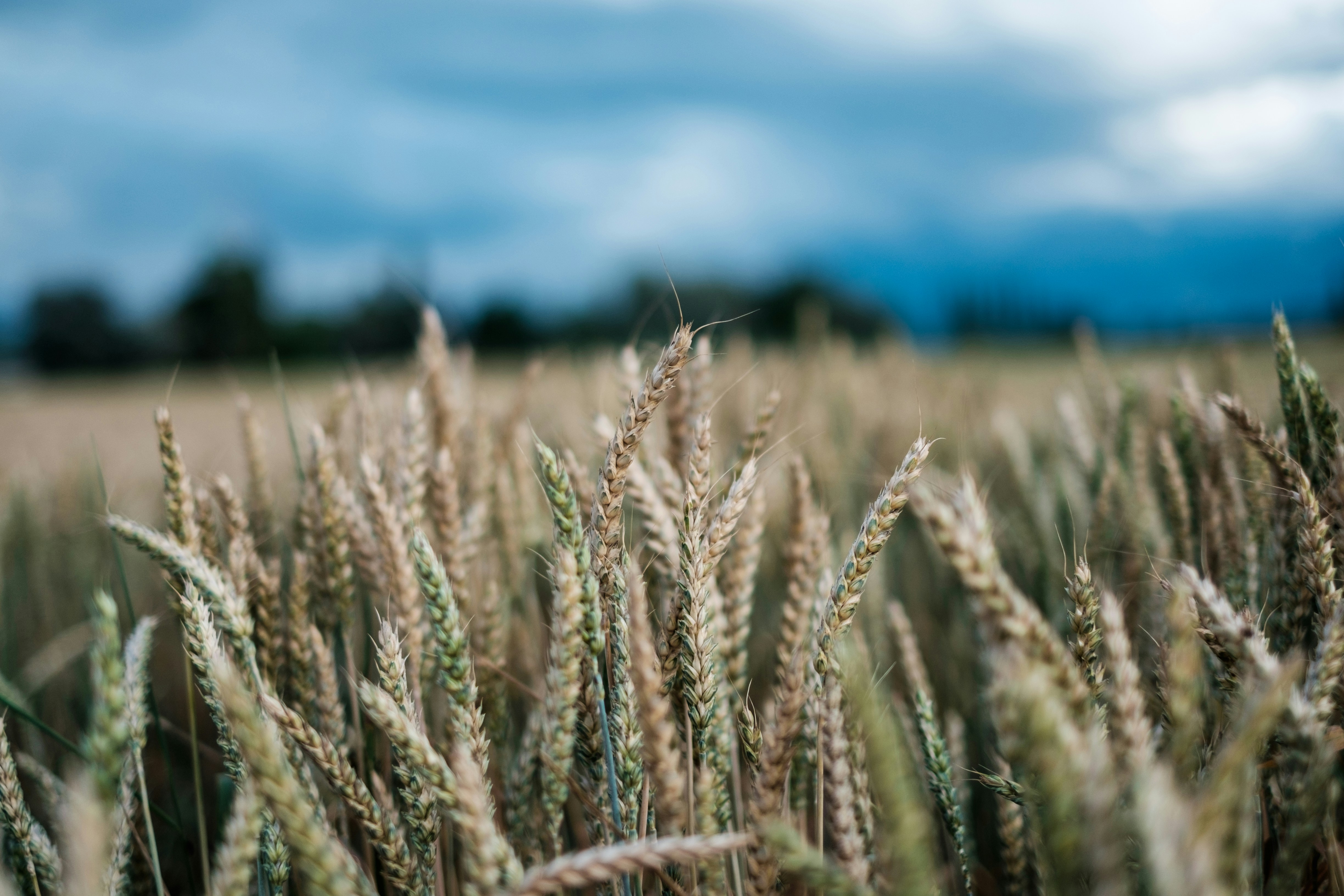
Harvest has finally wrapped up across SA after a long and weather affected last part of what was a pretty decent harvest with excellent quality for the most part..........
Read MoreWA Market Wrap 20/02/24
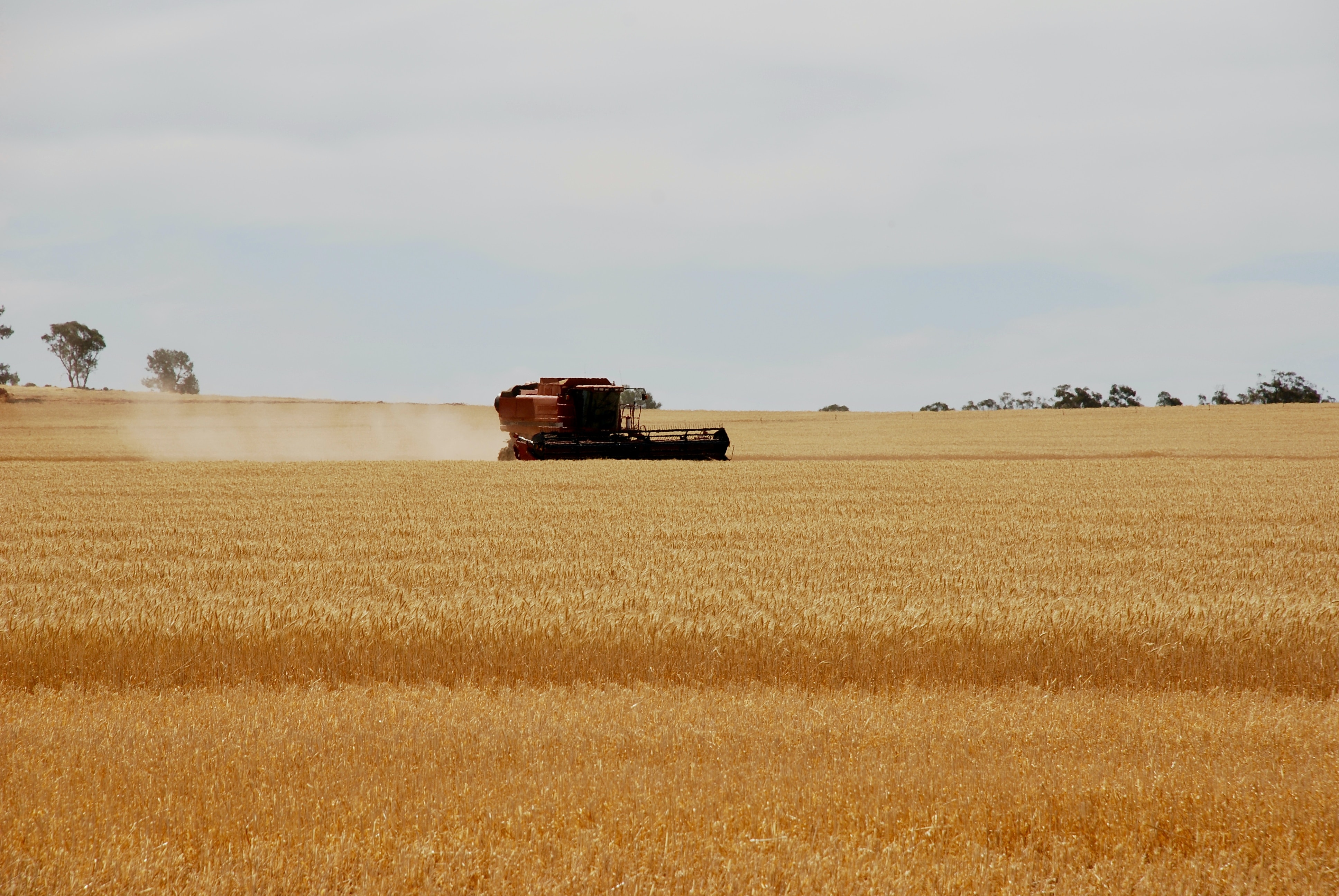
The 23/24 WA grain harvest was over in a blink of an eye, particularly for the northern and eastern wheat belt where headers powered over the light crop, finishing in the first week of December..........
Read MoreA peek at how 2024 kicked off
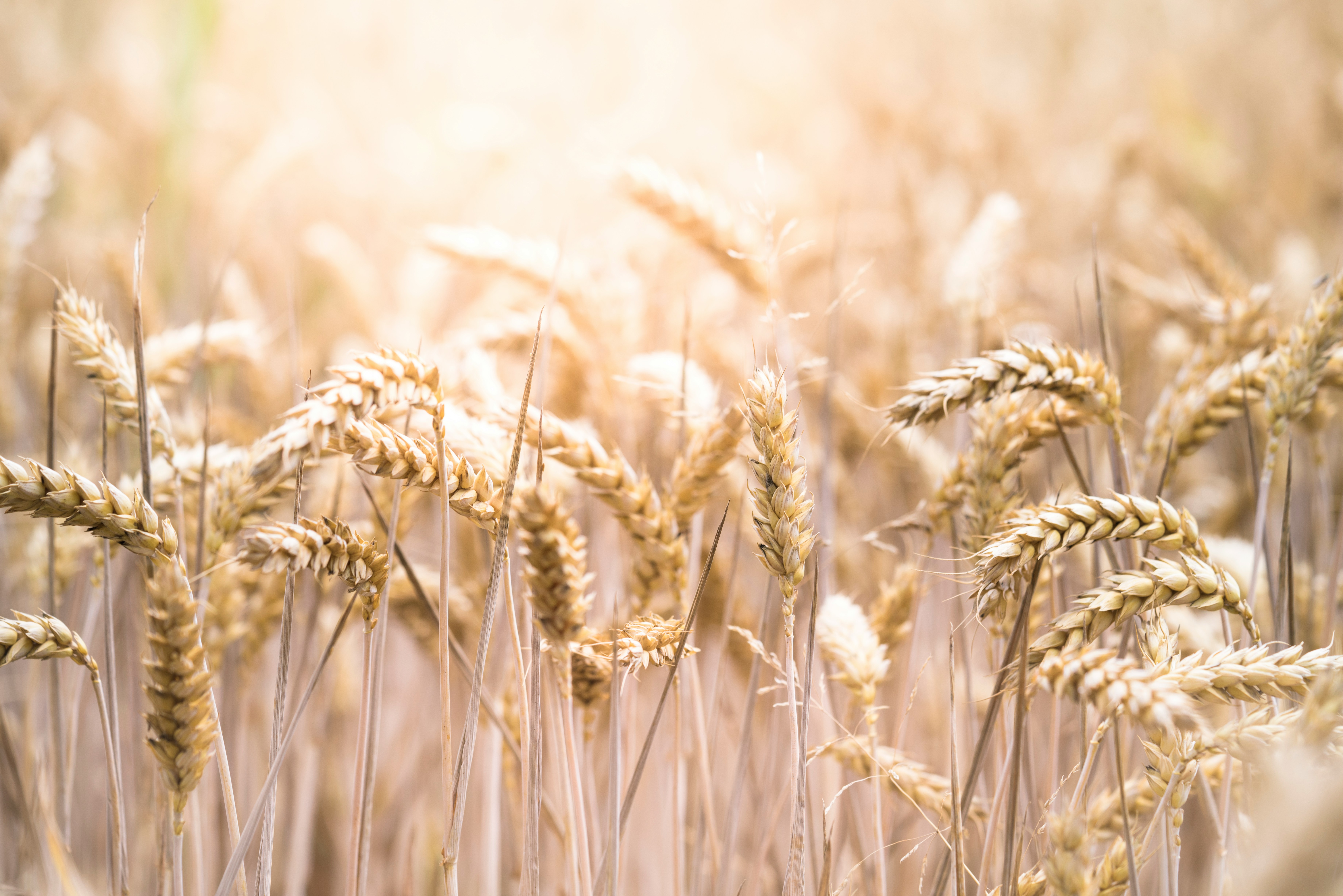
With a scorcher this week across northern NSW and Southern QLD, the possibility of yet another cyclone bringing rain to central Queensland, those famous words “Droughts and Flooding Rains”, never seem truer than the start we are having to 2024............
Read MoreSorghum Update: Growth, Challenges and Global trends.
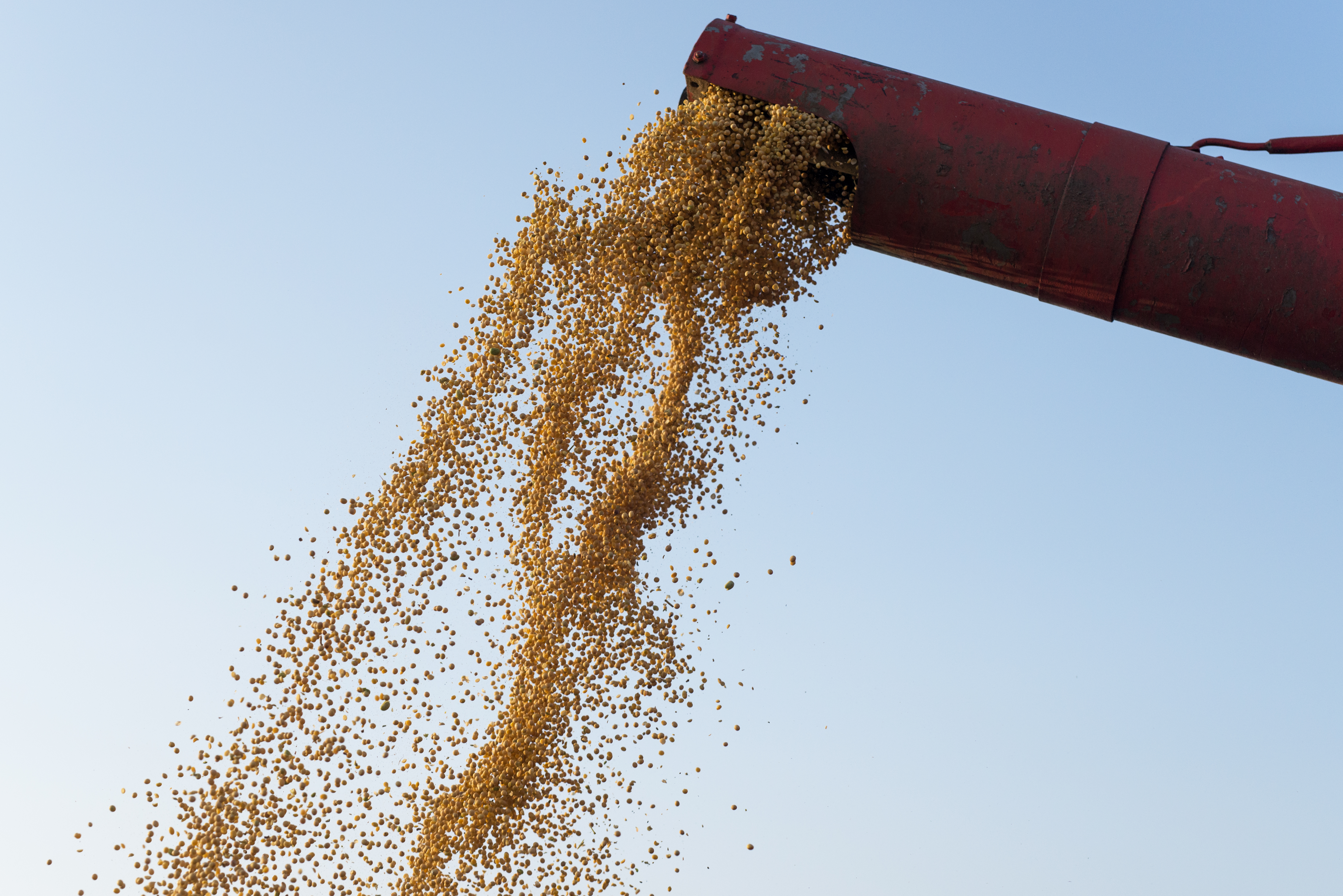
Abundant December rainfall has led to prosperous sorghum crops in the Darling Downs, with expectations of at least average yields, challenging the initial forecast of 21% decline in sorghum planted area for 2023–24 due to well-below-average soil moisture levels..........
Read MoreWheat quality holds up against widespread rain.
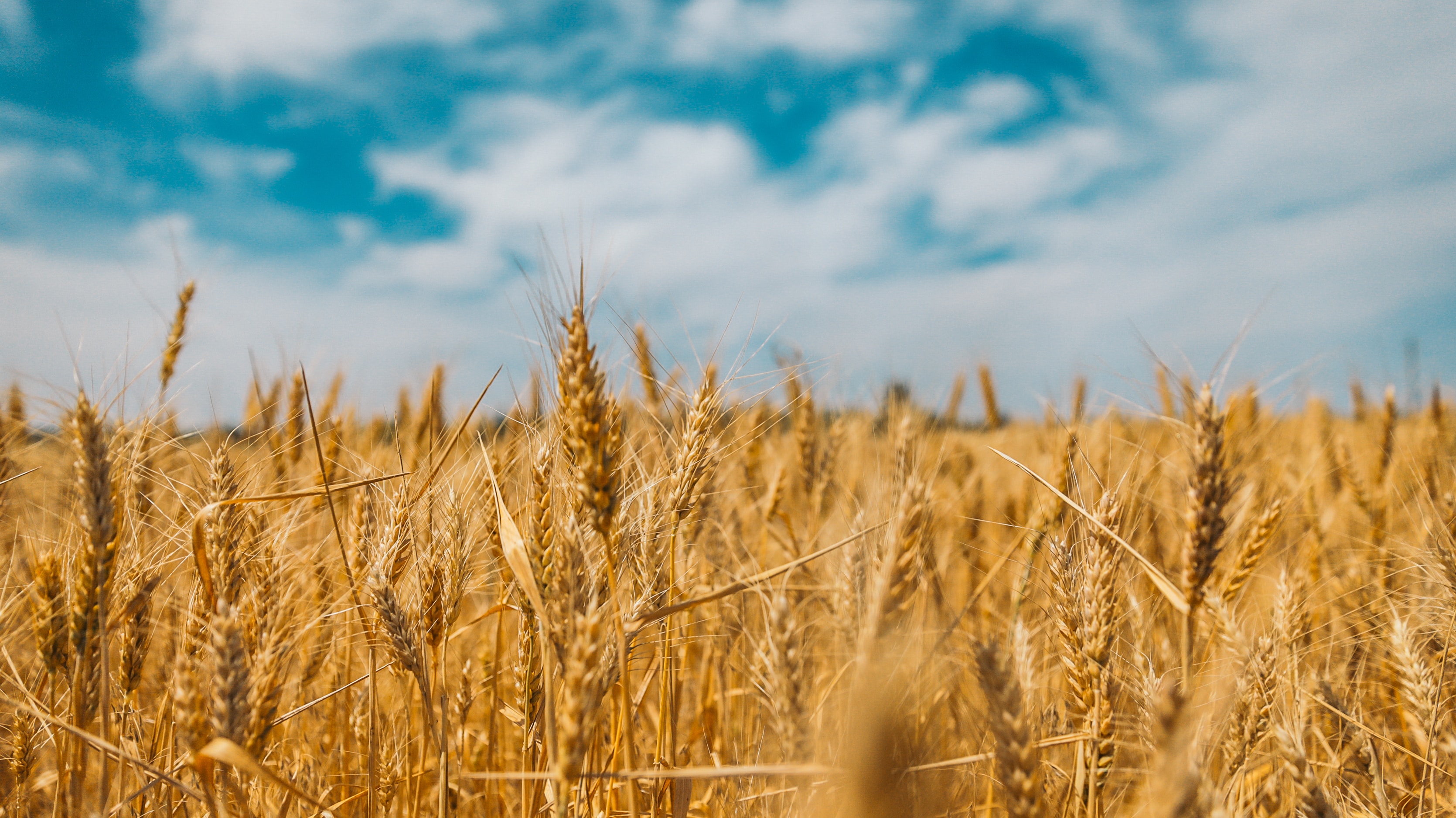
Like it or not, rainfall has been the order of the day for many parts of the country with winter crop still to harvest. Various locations through Southern New South Wales, Victoria and South Australia have received up to 200mls in the last couple of weeks........
Read MoreRain turns the tables on summer crop plantings.
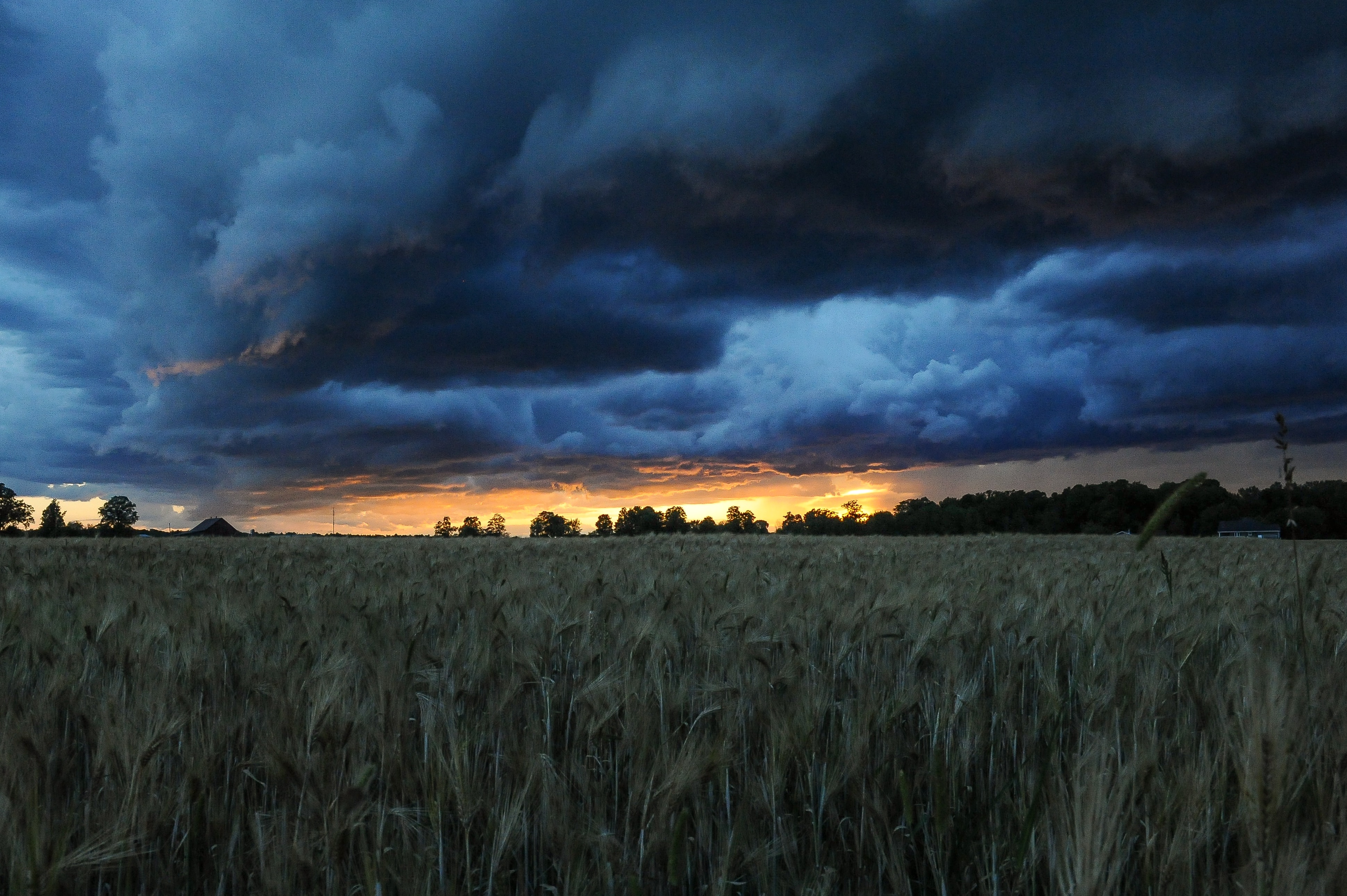
One can only hope that after the big falls across the eastern cropping belt last week, that the BOM manages to get this week’s forecast right, and growers in Southern NSW and Victoria escape any significant additional rain..........
Read MoreRain welcome in the North with Sorghum set to be sown.
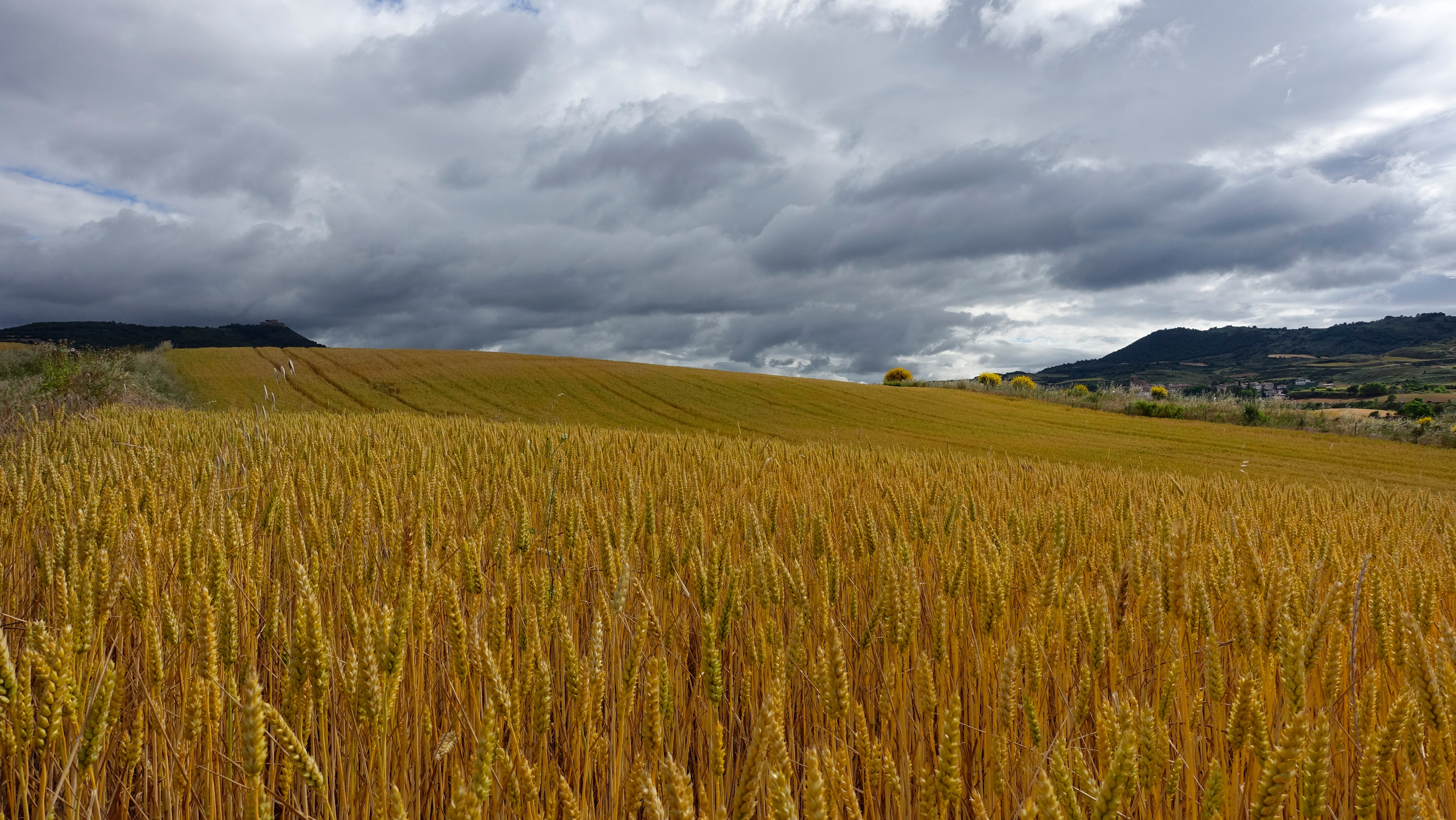
Storm conditions have provided welcome rainfall to areas of Southern Queensland and Northern New South Wales. With rainfall totals between 15-50mm in the last week and some areas receiving more than 100mm........
Read MoreHarvest progresses at record pace
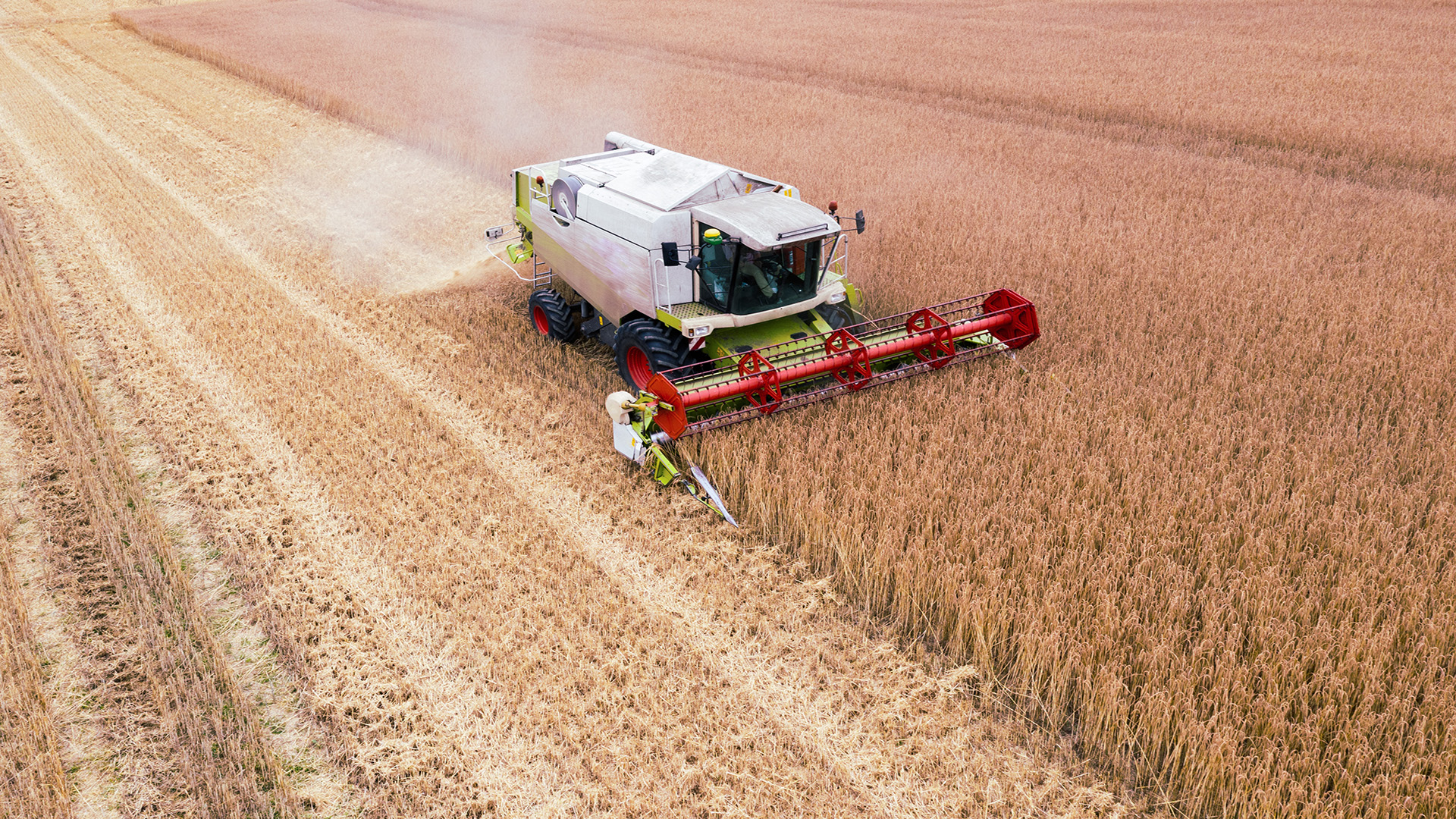
The Aussie winter crop harvest is about halfway toward completion, with plenty of grain still on the stalk in the southern parts of Western Australia, South Australia and New South Wales as well as the bulk of Victoria.......
Read MoreWA Market Wrap
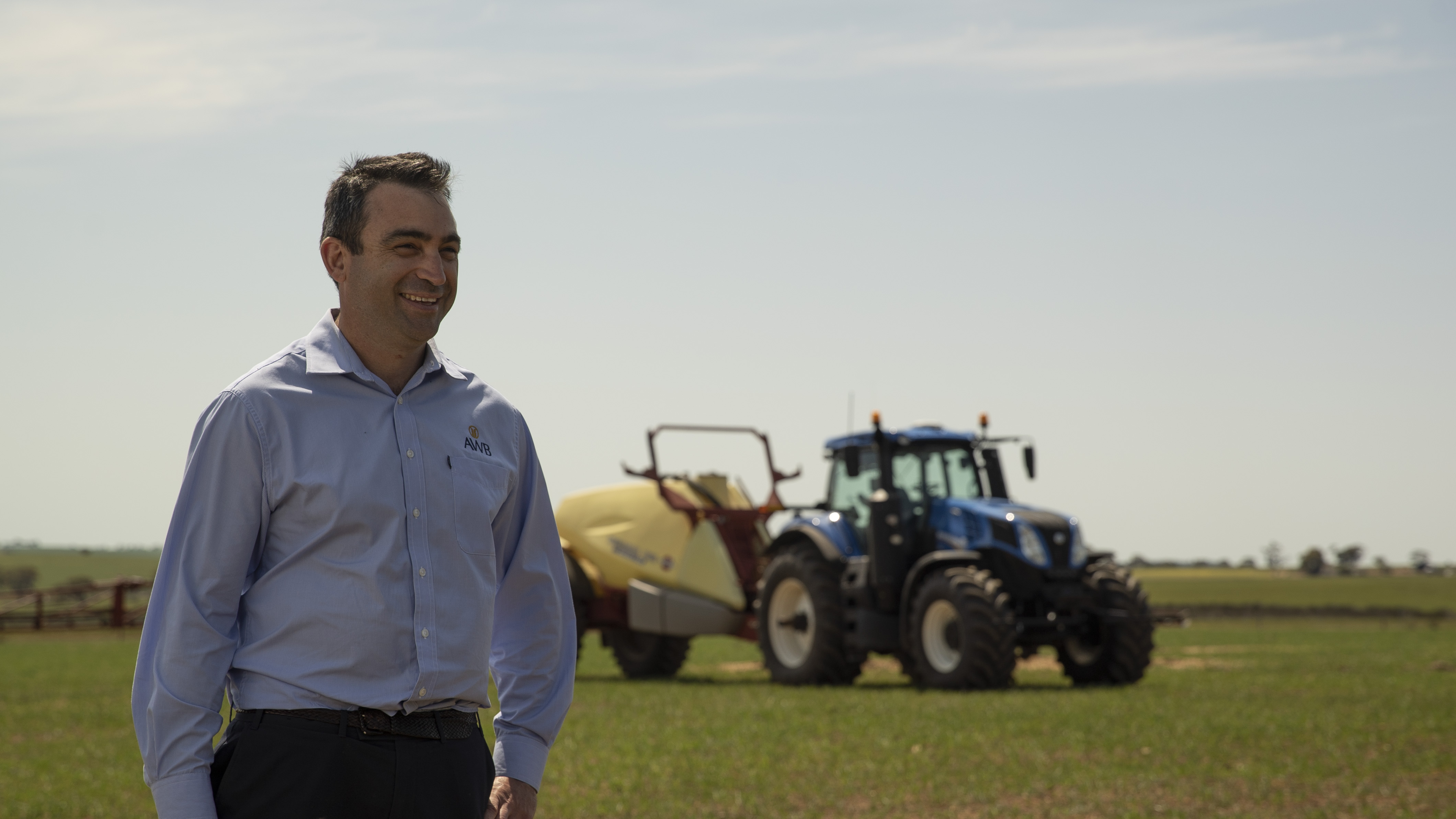
The Western Australian harvest looks like being a quick one with a lot of light crops this year. Receivals in the Geraldton zone started in mid-September and a number of growers have already finished. Production expectations were not high given the lack of summer and growing season rain in most parts of the region......
Read MoreHarvest moves South
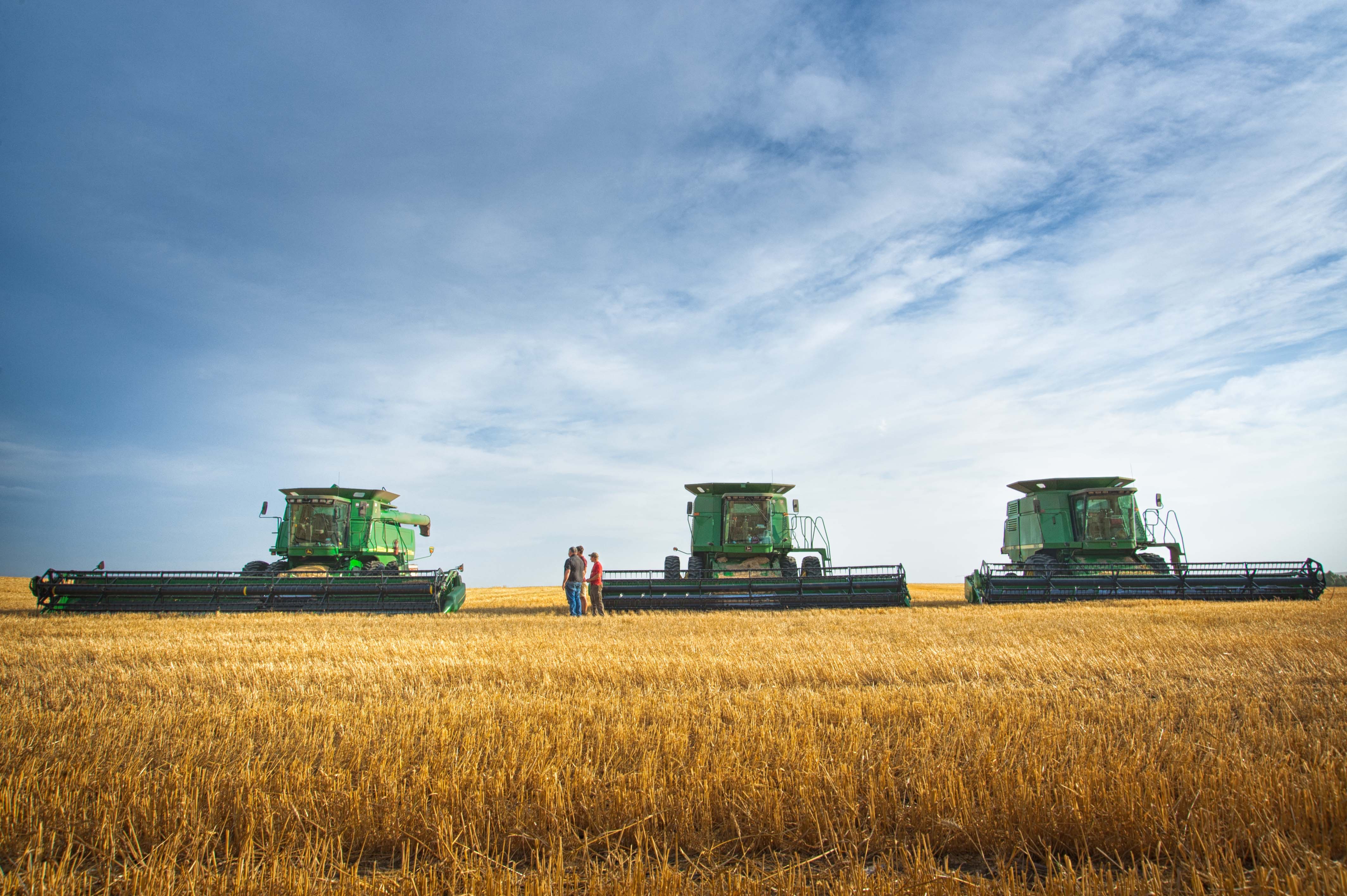
Queensland and Northern NSW have parked the headers and are done and dusted, while Central NSW is about 50% done. Southern NSW is seeing more headers in canola and barley paddocks, and we should start to see some activity in wheat paddocks sooner rather than later......
Read MoreHarvest well ahead of previous years
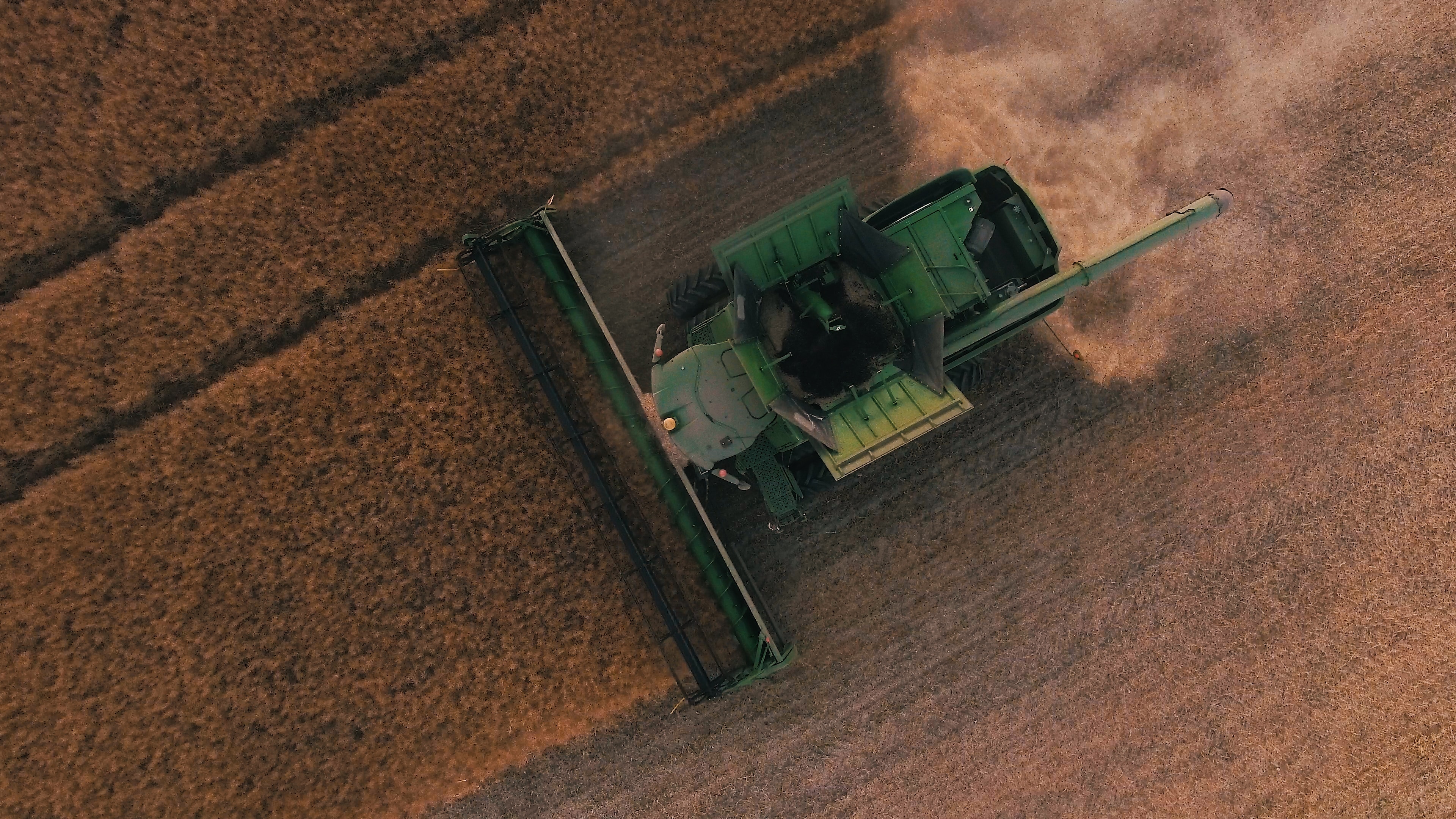
As we move further into November, harvest progresses at an incredibly rapid pace. Traditionally harvest would be 10% completed in the northern part of the Port Kembla zone by the end of the first week of November......
Read MoreAn update on harvest
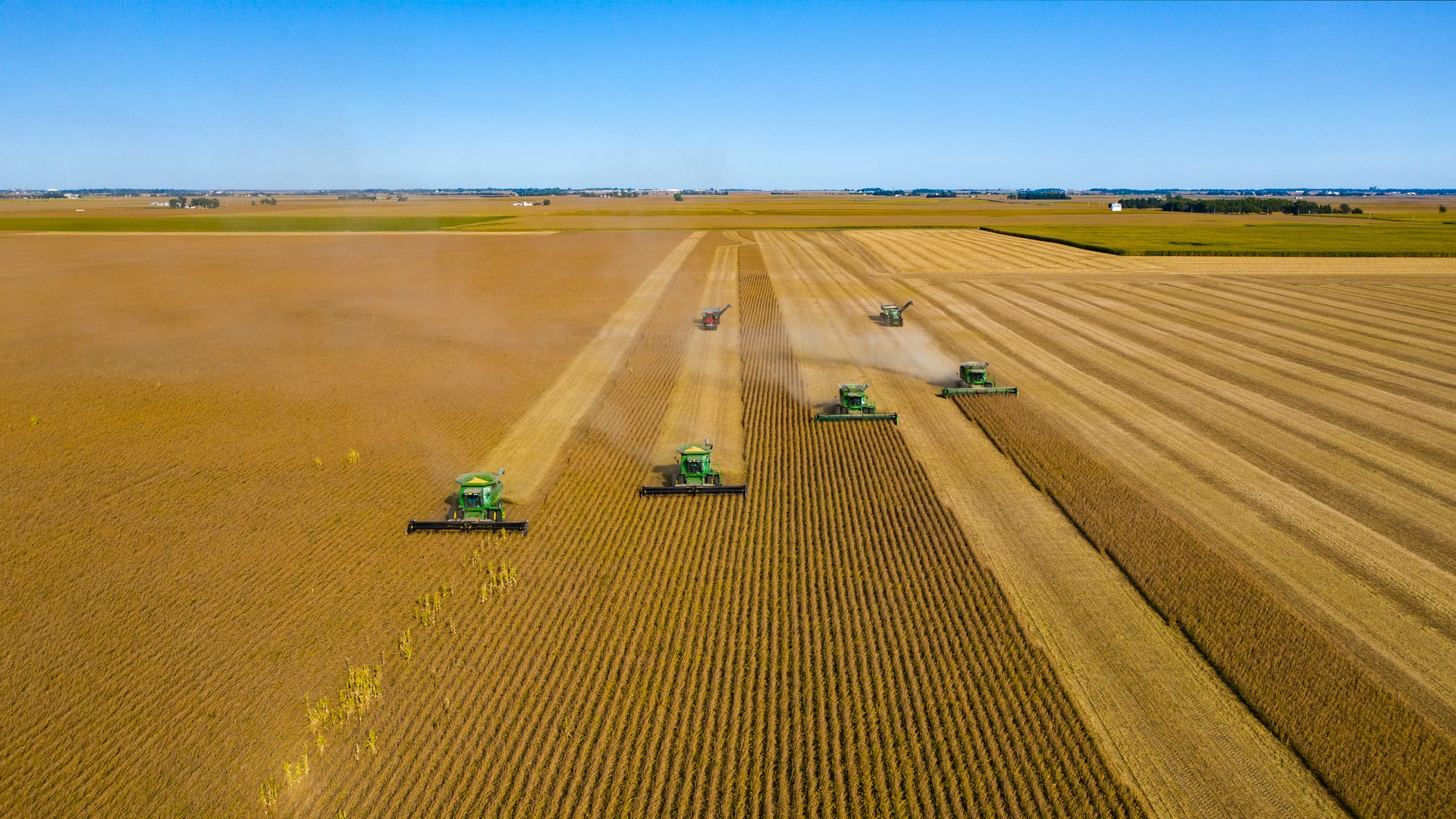
Harvest is rounding the home straight in Queensland and Northern New South Wales nearing 50-60%. Quality to date has been reflective of the seasonal conditions, with the lack of moisture contributing to grades milling around the centre of the quality chart, with ASW1/AUH2/APW1 the main grades being presented at bulk handling sites......
Read MoreDry weather hits sorghum production.
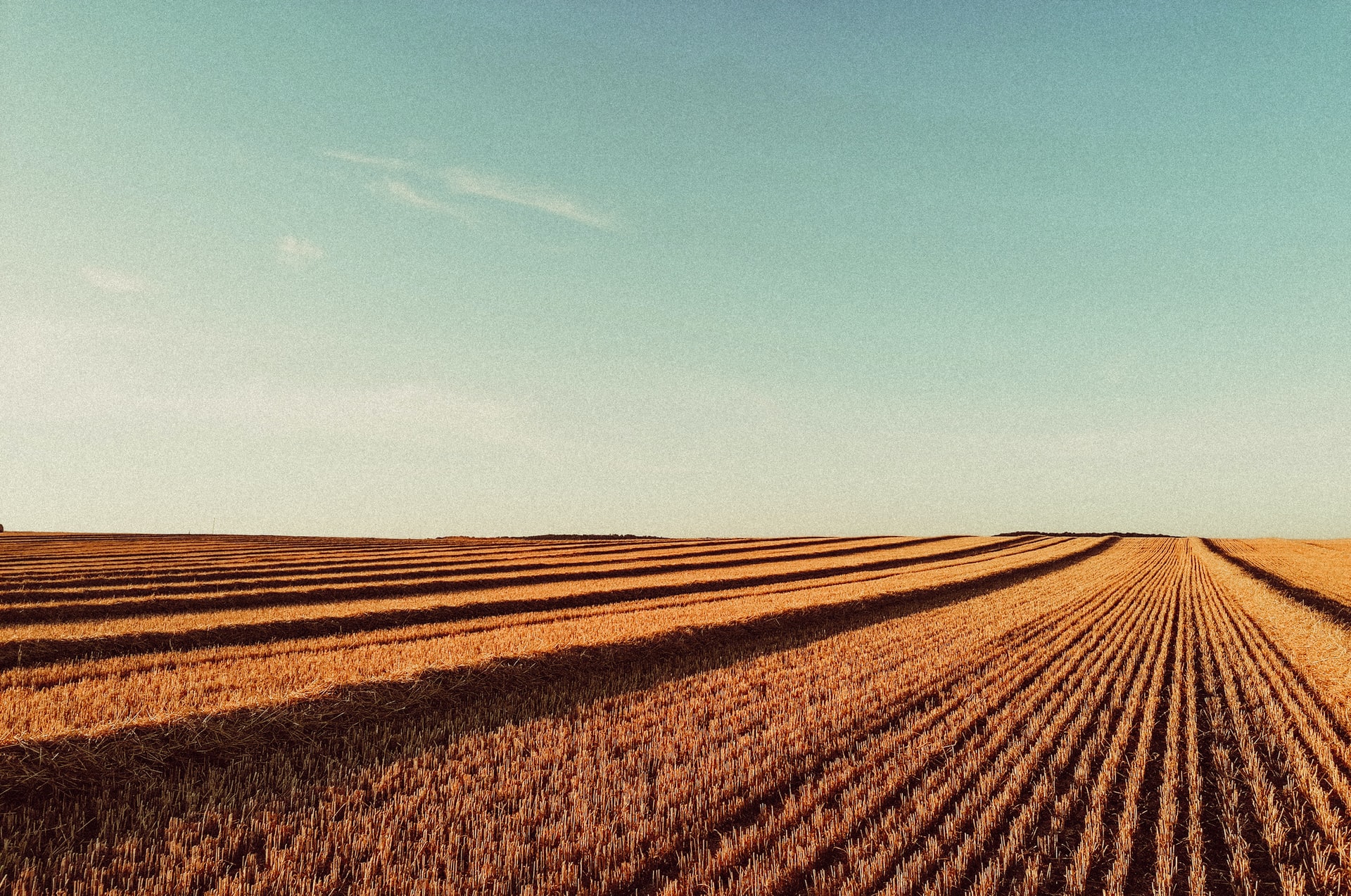
The weather in recent weeks has generally been favourable to most grain producing regions. Areas in the north have seen clear weather allowing harvest to progress at perhaps a pace faster than many would like.....
Read MoreHarvest activity increase sees prices decrease
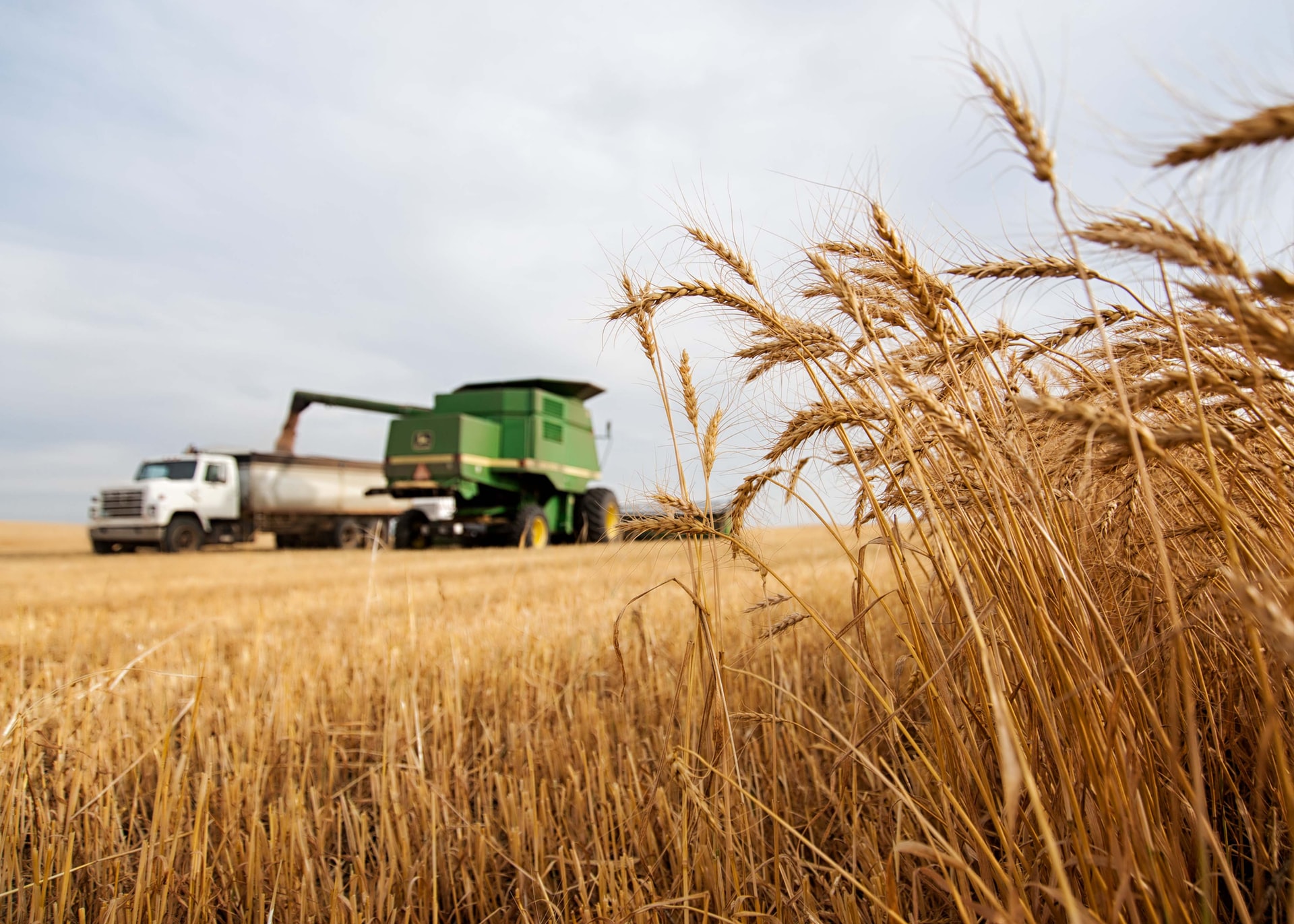
Harvest has now kicked off in most of the country’s northern cropping regions and as header activity rapidly moves south it won’t be long before we’re well and truly underway across all zones. Queensland growers are now stripping wheat as canola is making its way into receival sites as far south as the NSW Sturt Highway....
Read MoreRain makes grain
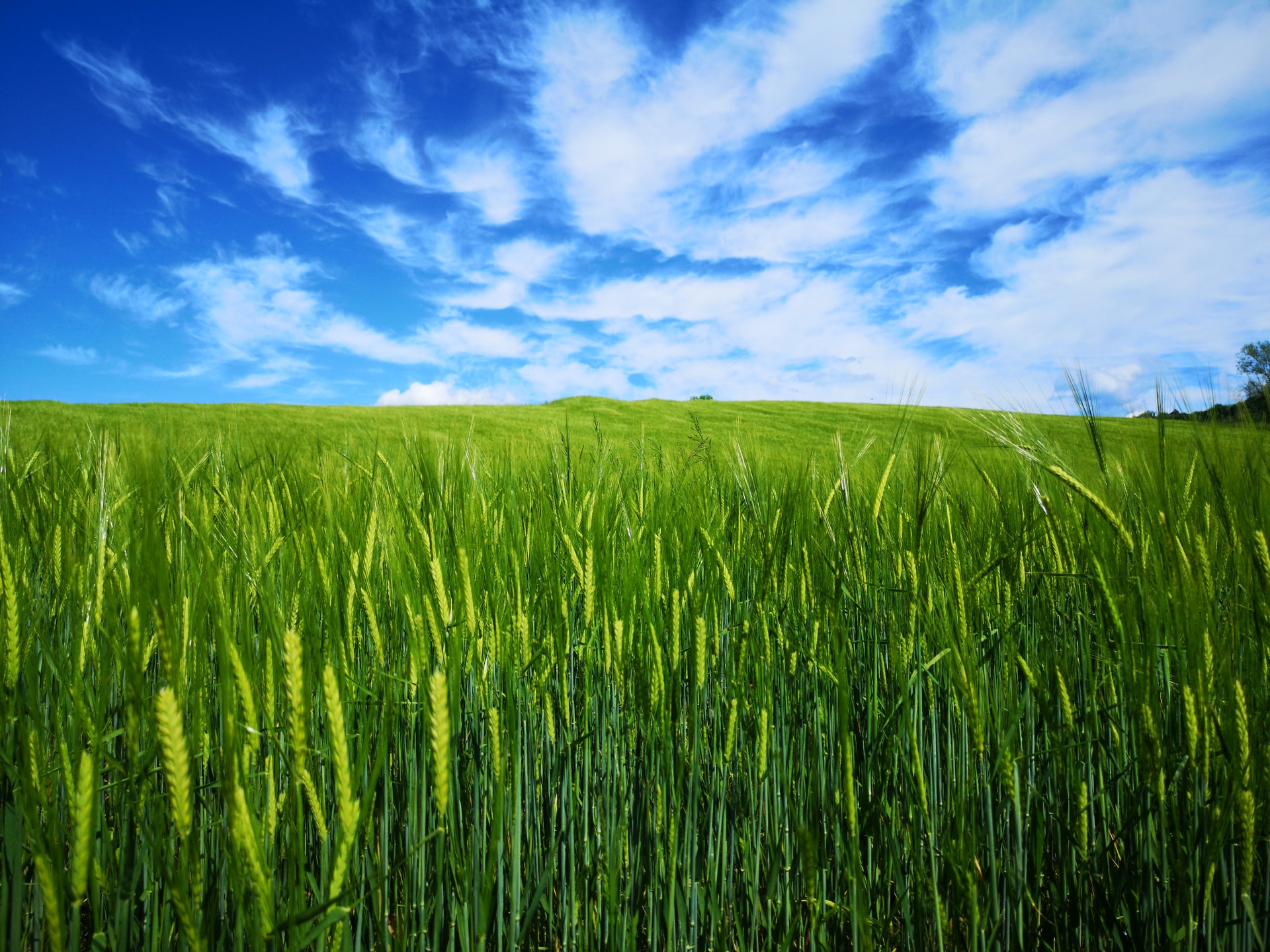
Its fair to say that a rain in spring is worth its weight in gold and last week we saw this come to fruition with reports of 15mm to 100mm+ recorded. In some regions, the rain came too late to add yield, however this one event will certainly lead to small grain size and pinched grain being a lot less common occurrence than it might have been, as crops were beginning to run out of moisture.....
Read MoreGlobal Wheat Production Estimates Lowered With Drier Outlook

Looks like September was one for the record books with what might have been the warmest and driest since records began, not to mention Collingwood tying with Essendon and Carlton with 16 grand final wins on the last day of the month....
Read MoreHow Time flies
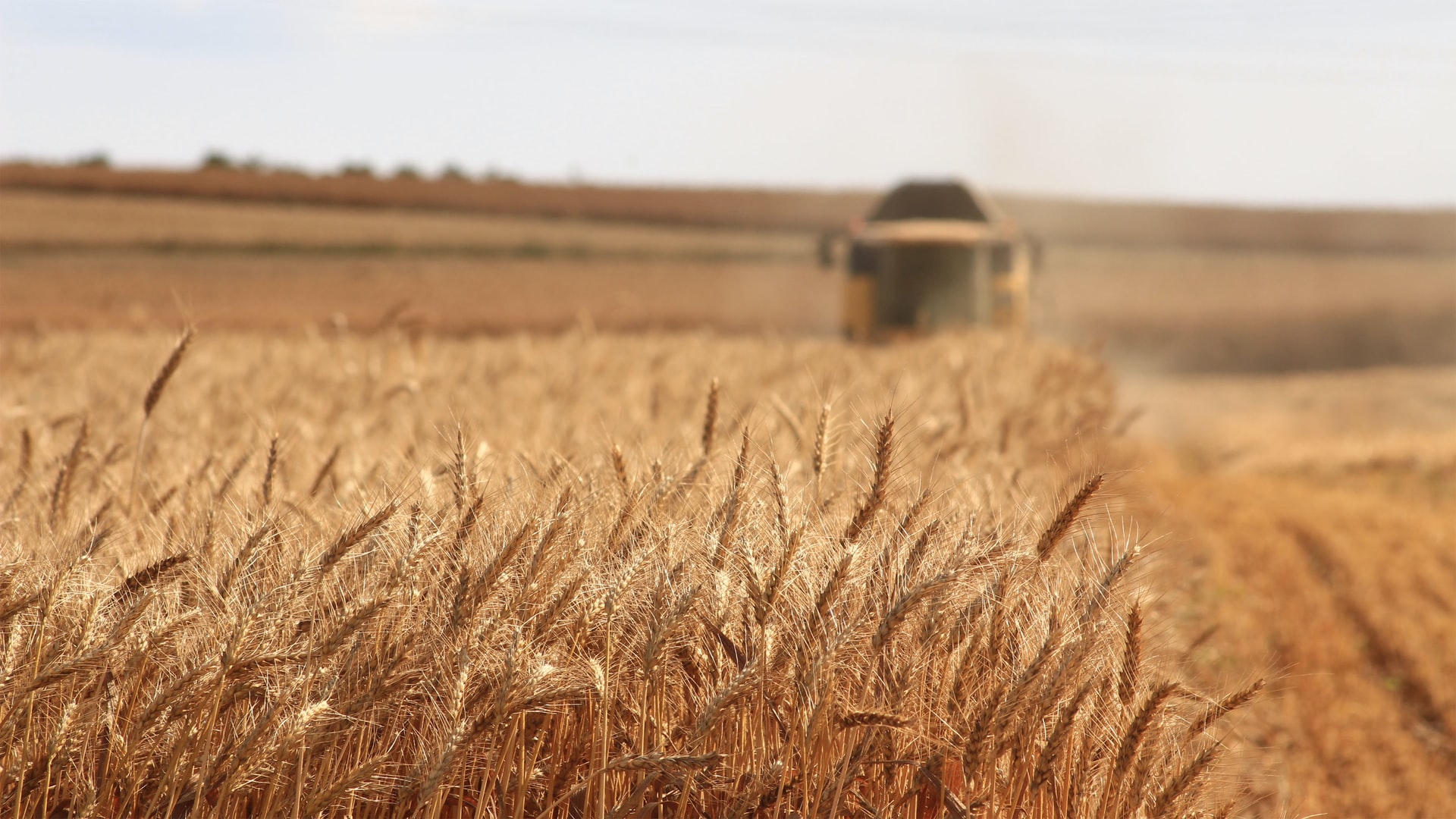
It seems like only yesterday that we were celebrating a Geelong premiership, but 12 months has flown by and its Grand Final week again. It also feels like we only just put last year’s harvest to bed, but in the blink of an eye we are back at it again....
Read More